In east-central Oregon, within the John Day Fossil Beds National Monument, a remarkable discovery has been made: a pod of fossilized eggs, dating back 29 million years.
Prior discoveries of individual eggs in the area led to misidentification, but this new find sheds light on the true nature of these ancient specimens.
Use of Advanced Imaging Techniques
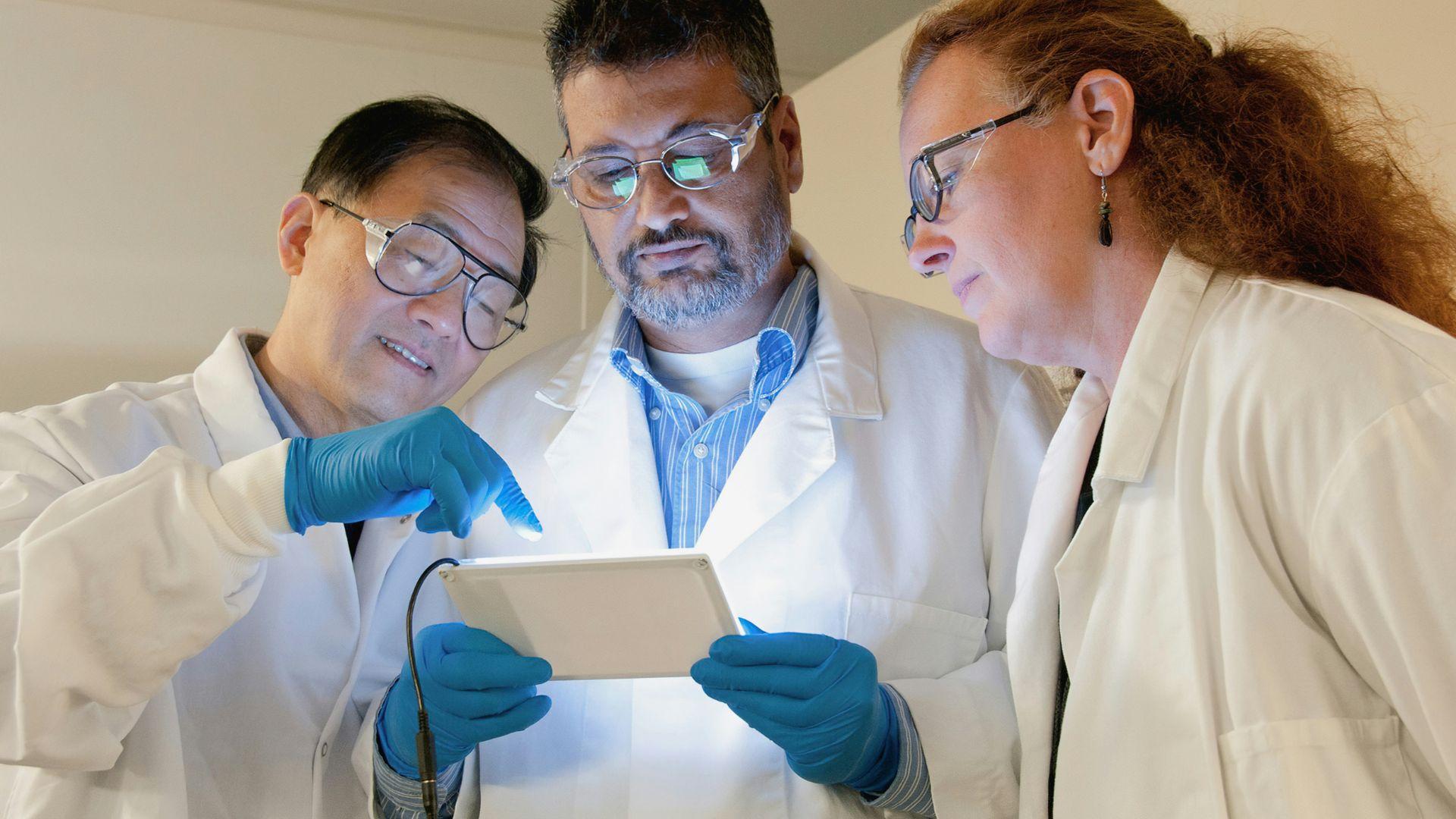
To gain a deeper understanding of these ancient eggs, scientists employed a micro-CT scanner to image the fossils.
According to CNN, the scans have revealed not only the remarkable age of the eggs but also its probable creator: a grasshopper. The structure of the eggs and the nest closely resemble those of modern grasshopper species, providing a clearer view of the ancient ecosystem and confirming the presence of these insects in that era.
A Rare Window into Prehistoric Insect Reproduction
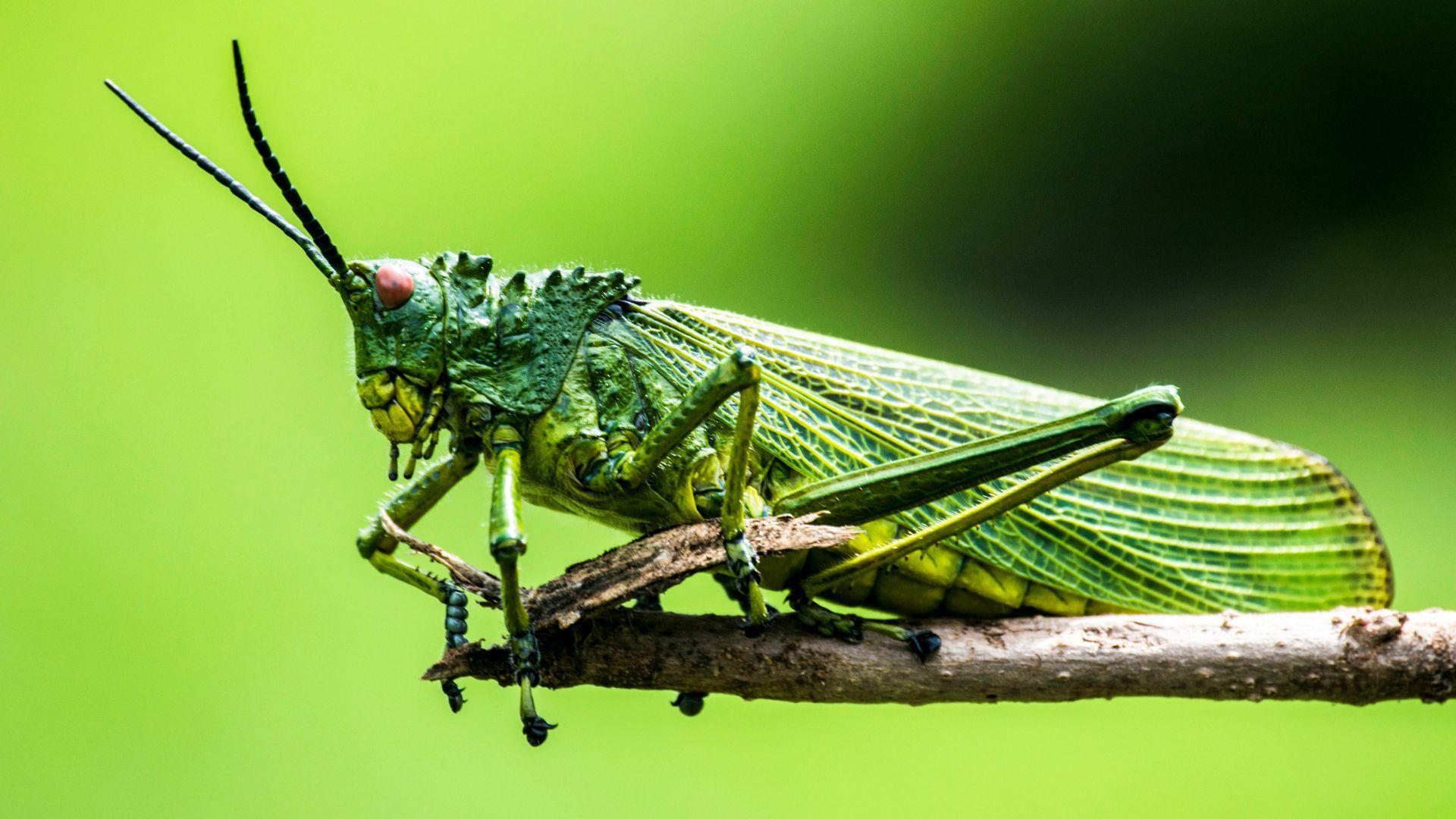
The discovery of this fossilized egg pod is particularly significant due to the rarity of insect eggs in the fossil record.
CNN reports that intact egg cases are seldom found, making this find exceptionally rare. As reported in the journal Parks Stewardship Forum, this discovery offers a unique view into the reproductive habits of grasshoppers dating back to the Oligocene Epoch, a period ranging from 33.9 million to 23 million years ago.
A Window into Insect Life Stages
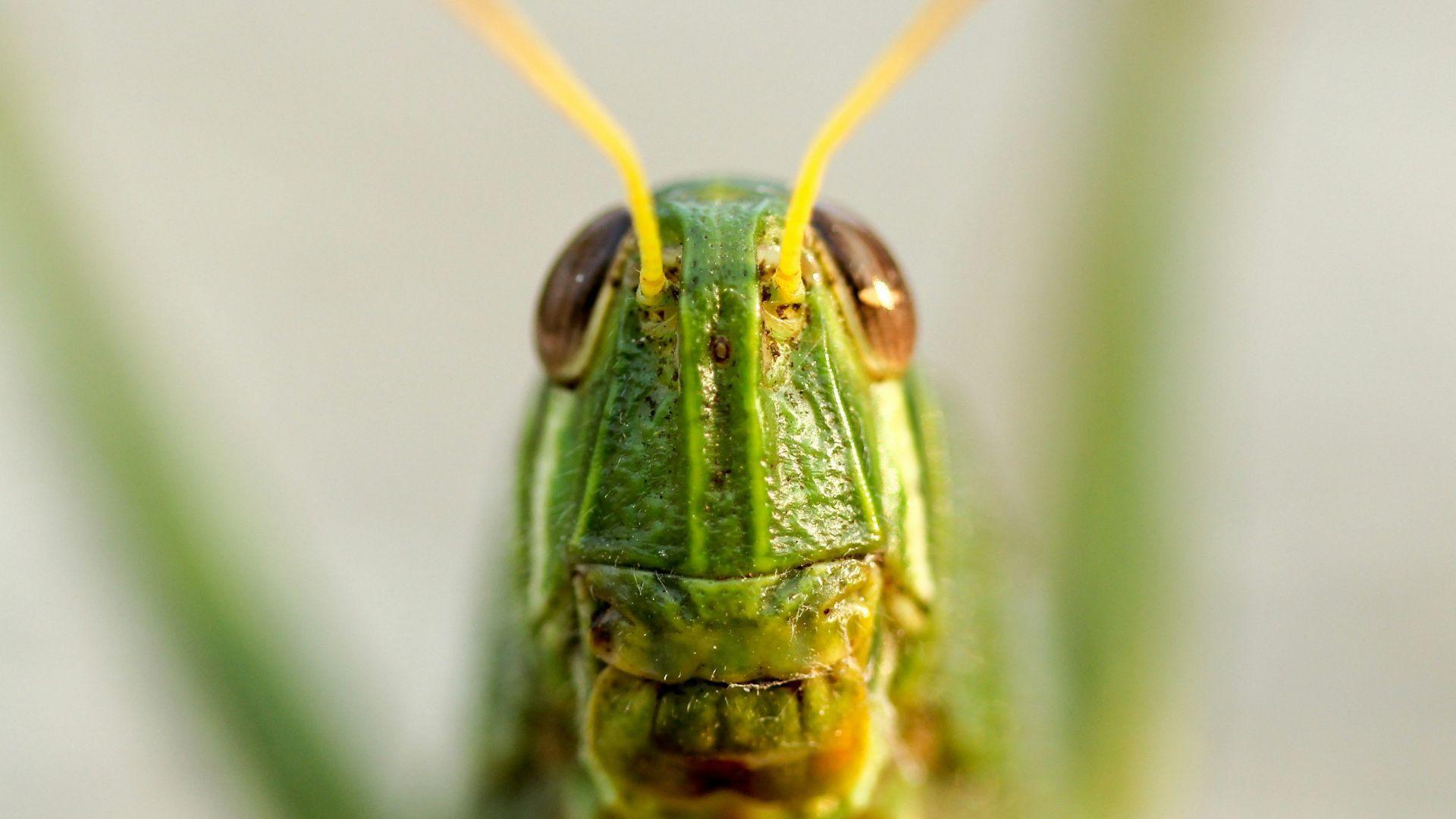
The significance of this discovery is highlighted by lead study author Jaemin Lee, an evolutionary ecologist at the University of California, Berkeley.
In an email to CNN, Lee expressed excitement, stating, “This work is exciting because such exceptional preservation provides unique insights to one of the least understood life stages of insects, particularly in the geologic past.”
Unusual Fossilization Conditions

Dr. Nick Famoso, a co-author of the study and a paleontology program manager at John Day Fossil Beds National Monument, noted the rarity of such preservation.
This egg pod fossilized in a dynamic environment near a river or stream, yet remained undisturbed and in near-perfect condition.
First Recognition in the Fossil Record
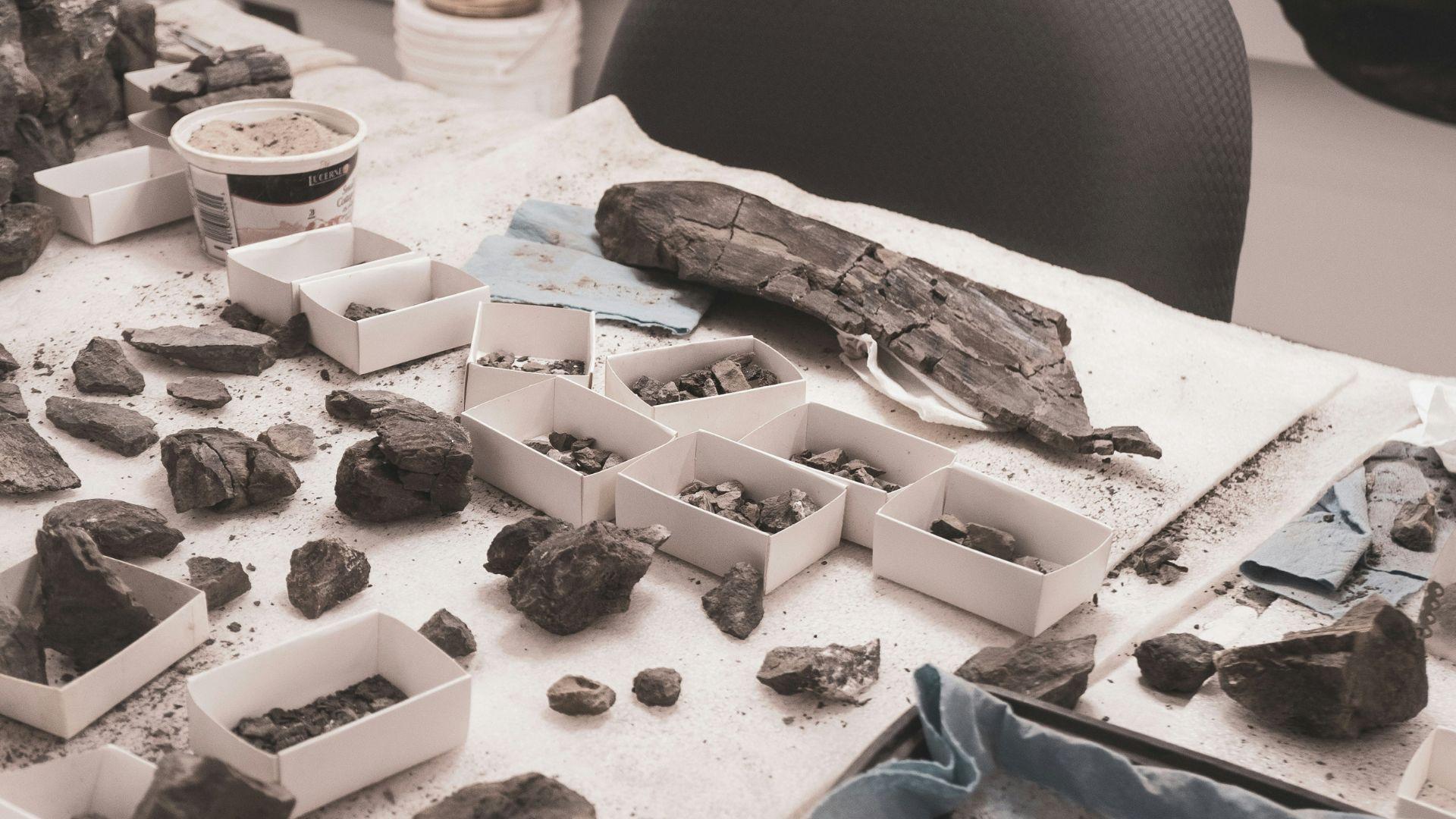
Dr. Ricardo Pérez-de La Fuente, a paleobiologist and deputy head of research at the University of Oxford’s Museum of Natural History, emphasized the fossil’s significance in an email to CNN.
He stated, “They are the first to be recognized as belonging to orthopterans — grasshoppers and their kin — in the fossil record, which is noteworthy.”
A Casual Discovery

CNN reveals that the egg case was discovered in July 2012 by Christopher Schierup, a collection manager for the National Park Service. Schierup found the fossil embedded in a chunk of rock while conducting a routine survey.
The fossil required no tools for extraction, and Schierup transported it carefully back to the visitor center for further examination.
Initial Misidentification
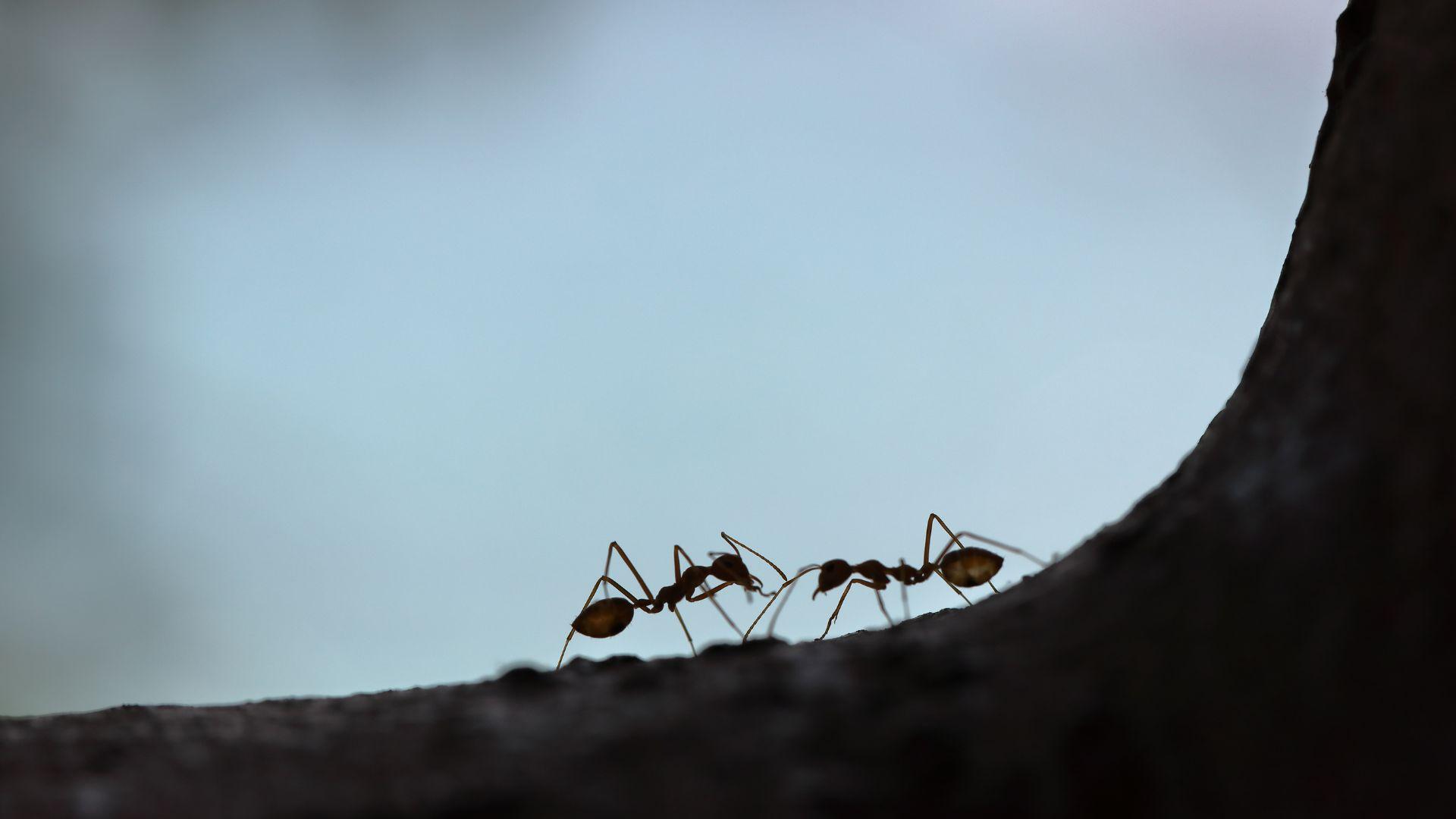
Originally, researchers thought the fossil was a cluster of ant eggs due to its surface characteristics, per information from Indy100.
Dr. Nick Famoso recalled his skepticism about this identification, CNN reveals, noting the curvature of the eggs differed from that of ant eggs and pupae. His suspicion led to further investigation and eventual identification as a grasshopper egg pod.
The Role of Micro-CT Scans in Identification

CNN details how the true nature of the egg case was revealed through micro-CT scans conducted by Angela Lin, director of the X-ray Imaging Research Core Facility at the University of Oregon.
Famoso explained, “That’s when we discovered that there was this protein layer that was holding everything together.” It was then identified as a subterranean egg pod called an ootheca.
Analyzing the Egg Structure

Upon closer examination, 28 ellipsoid eggs were visible on the surface, with more buried within the matrix, CNN reports.
The scans revealed a radial arrangement of the eggs in multiple layers. The mineralization visible in each egg confirmed the fossilization structure, as Famoso described.
Comparing with Modern Insects
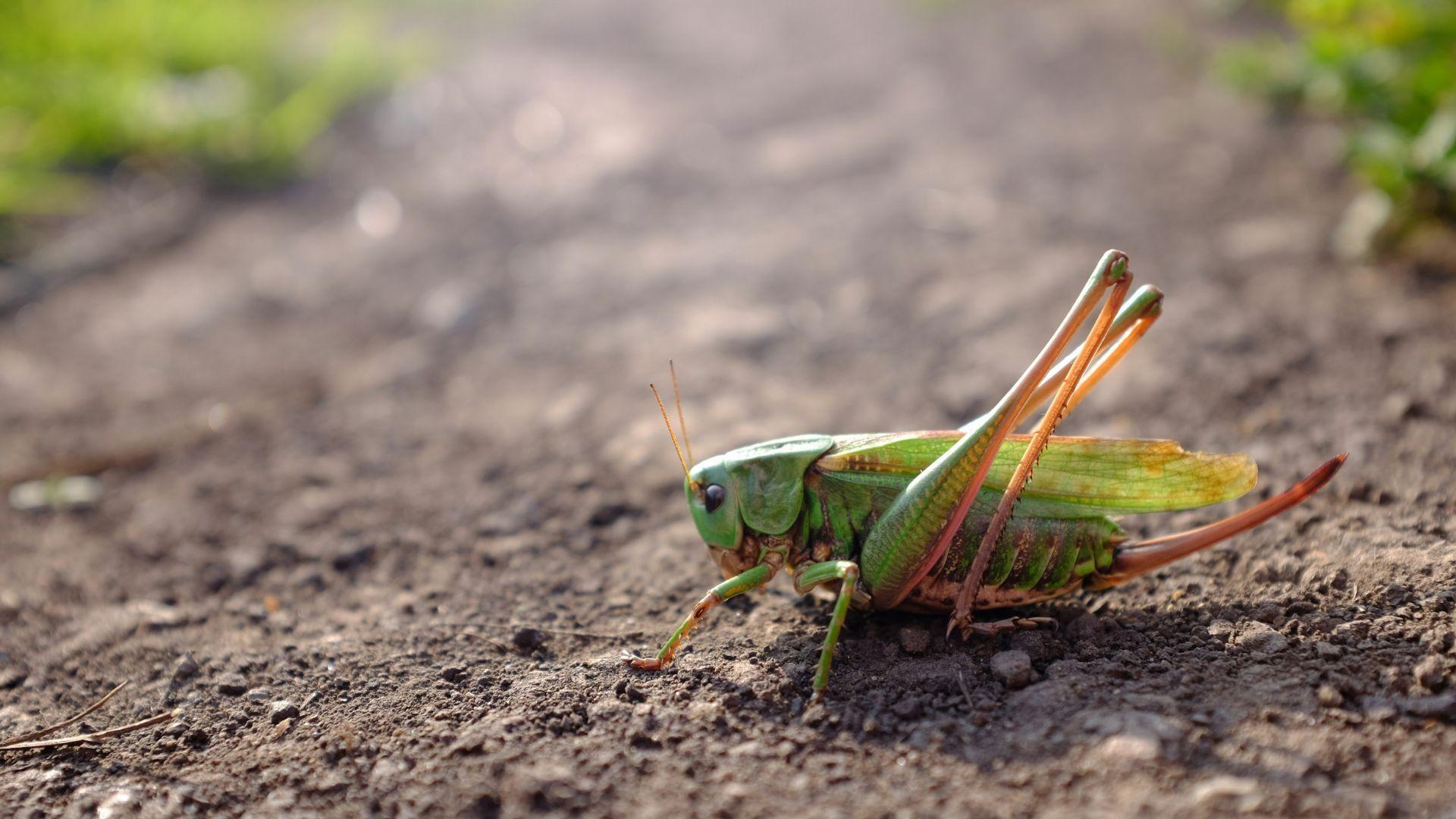
Lee used a global insect egg database to compare the fossil’s eggs with over 6,700 living species.
He remarked to CNN, “Such large, elliptically curved eggs in a large clutch size (~50 eggs in total) are unknown from any other living groups of insects other than grasshoppers and locusts.”
Unprecedented Find in the Fossil Record

This unique find provides an unparalleled look into the reproductive habits of ancient grasshoppers.
Famoso added to CNN, “Just being able to see that internal structure and really properly describe what these things look like — that was something that was really exciting for us. There just isn’t anything else like this in the fossil record anywhere that we know of.”
Tracing 160 Million Years of Insect Evolution
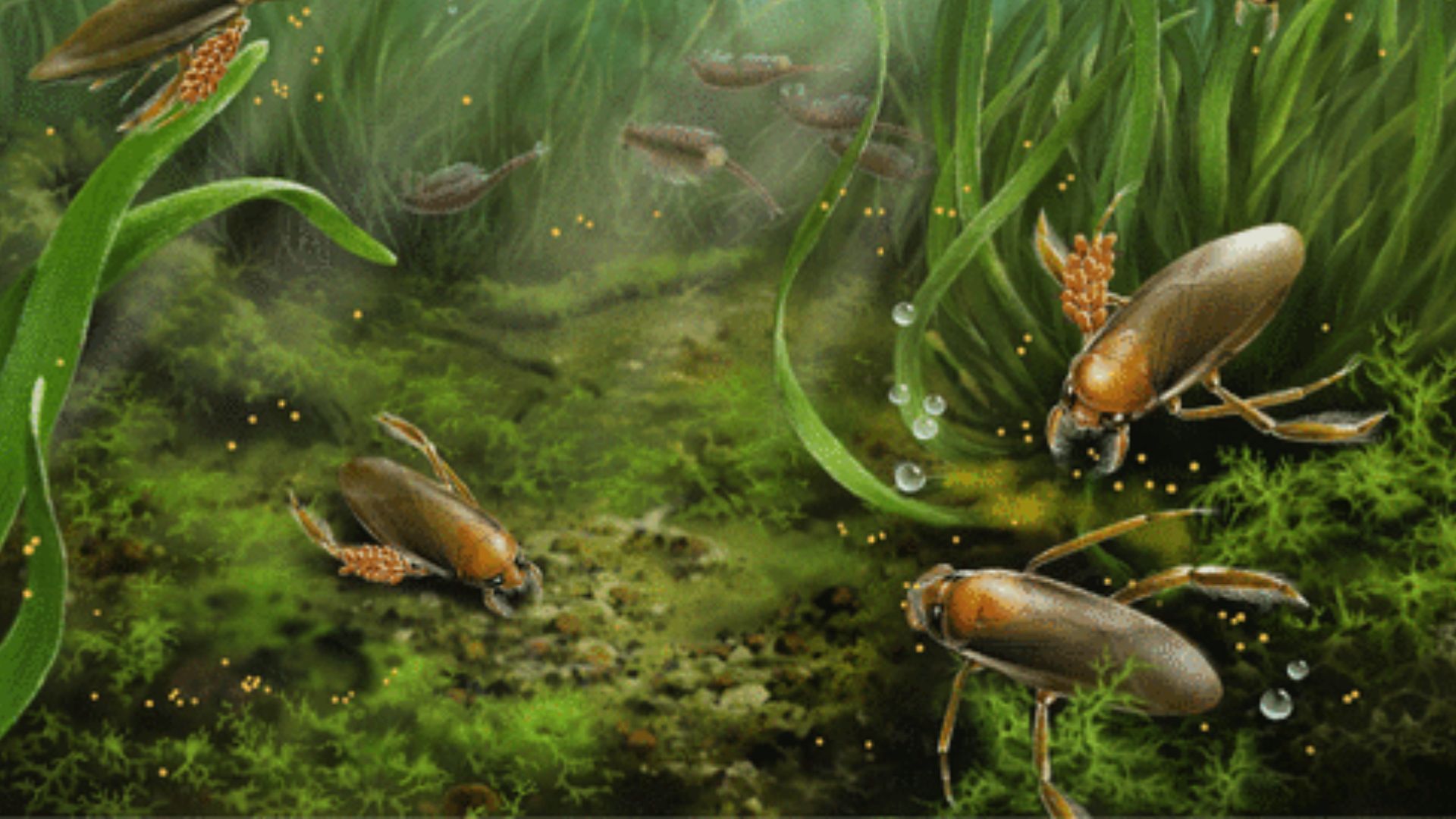
Live Science reports that in 2022, scientists unearthed fossils of 160-million-year-old water bugs in China, revealing a fascinating aspect of prehistoric insect life.
These fossils are significant as they display the earliest example of insects engaging in brood care, a behavior where a parent protects its offspring. Specifically, these ancient bugs carried clusters of eggs on their legs, a method previously unseen in the insect world.
Unprecedented Brood Care in Insects
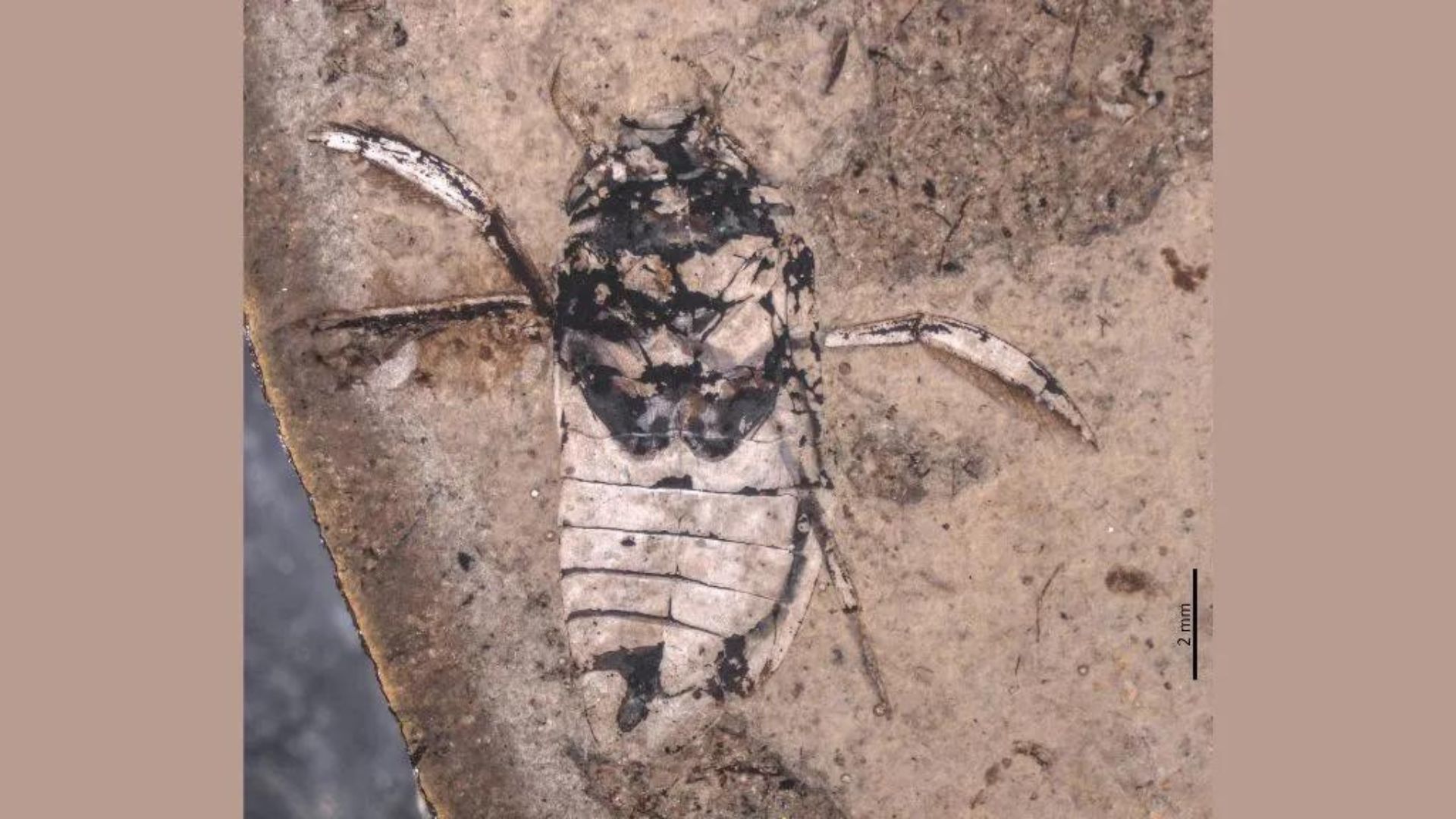
The significance of this finding lies in its age, being 38 million years older than any previously known evidence of brood care in insects.
A study published in the journal Proceedings of the Royal Society B: Biological Sciences revealed that the eggs, found in clusters, demonstrate a level of parental care that was not known to exist in insects from such an early period. This revelation provides a new understanding of the evolutionary history of insect behavior.
Fossil Location and Details
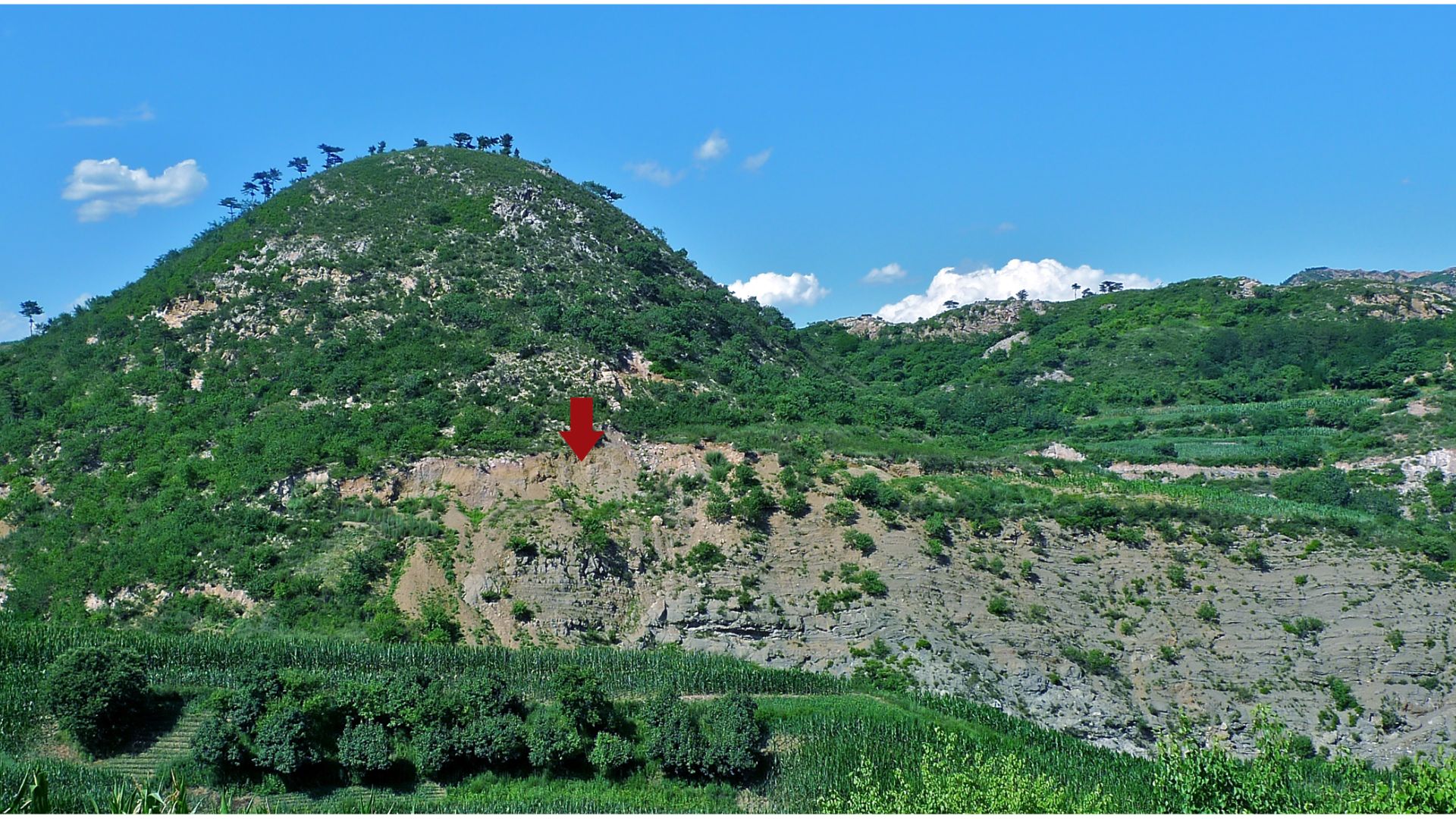
According to Live Science, the fossils were discovered in rock deposits near the village of Daohugou in northeastern China.
Among these, 30 specimens were identified as female water bugs, each carrying eggs on their left “mesotibia,” the middle leg of their three legs.
Egg Transportation and Oxygenation Technique
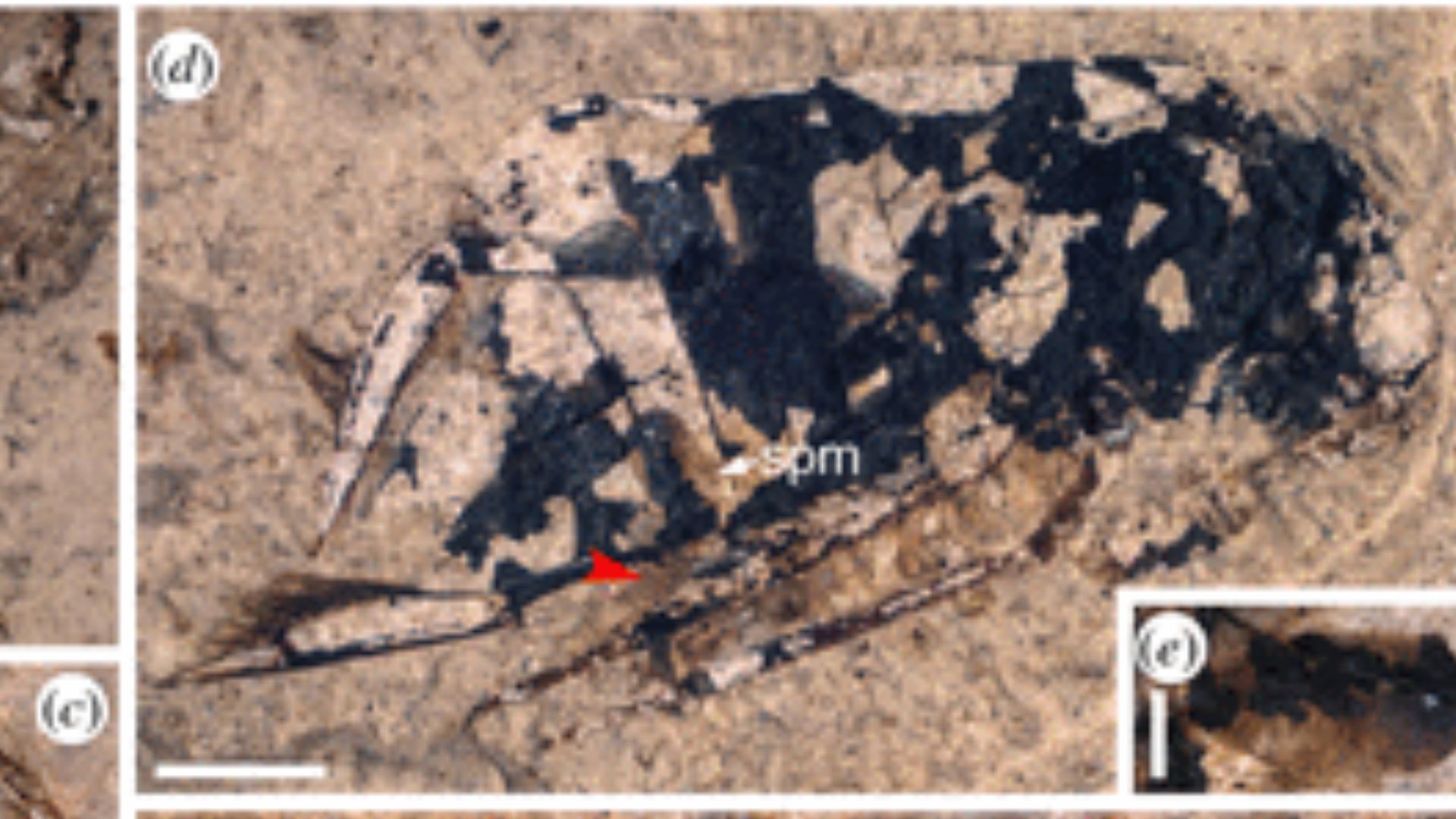
The Daily Mail reveals the water bugs’ method of carrying eggs was not only protective but also functional.
The eggs were attached to the leg with a stalk, allowing them to jiggle as the insect moved.
Rarity of Parental Care Among Insects
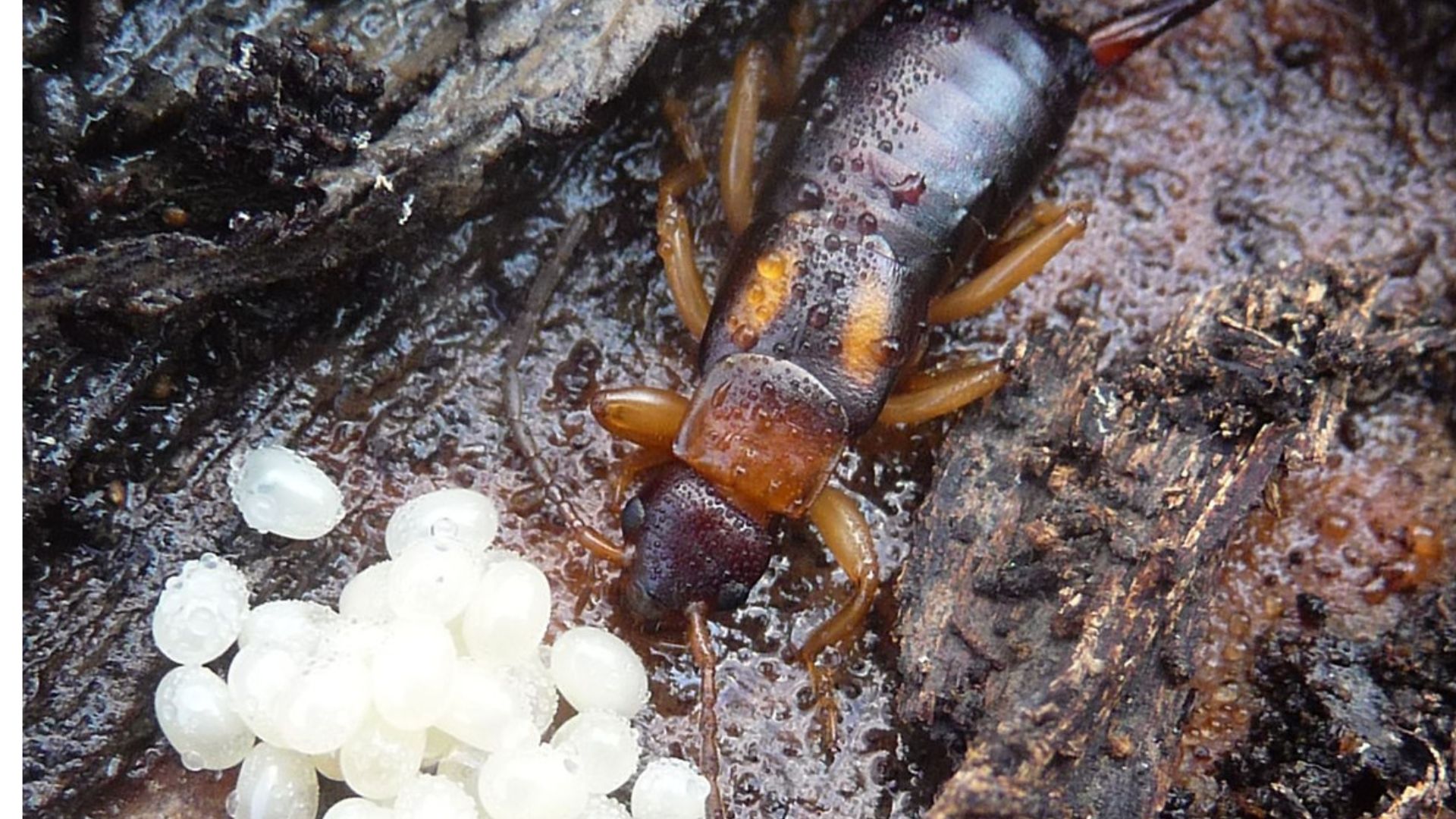
Parental care in insects is a rare behavior, observed in only about one percent of insect species, as per information from The Daily Mail.
This behavior is similar to that of the earwig, which grooms its eggs to remove harmful mold spores.
Ancestral Link to Modern Insects

The Daily Mail reveals that the behavior of these ancient water bugs is reminiscent of their modern descendants, like the male giant water bug.
Today’s giant water bug carries eggs on its back until they hatch, suggesting a possible evolutionary link between ancient and modern insect parenting strategies.
Detailed Fossil Analysis
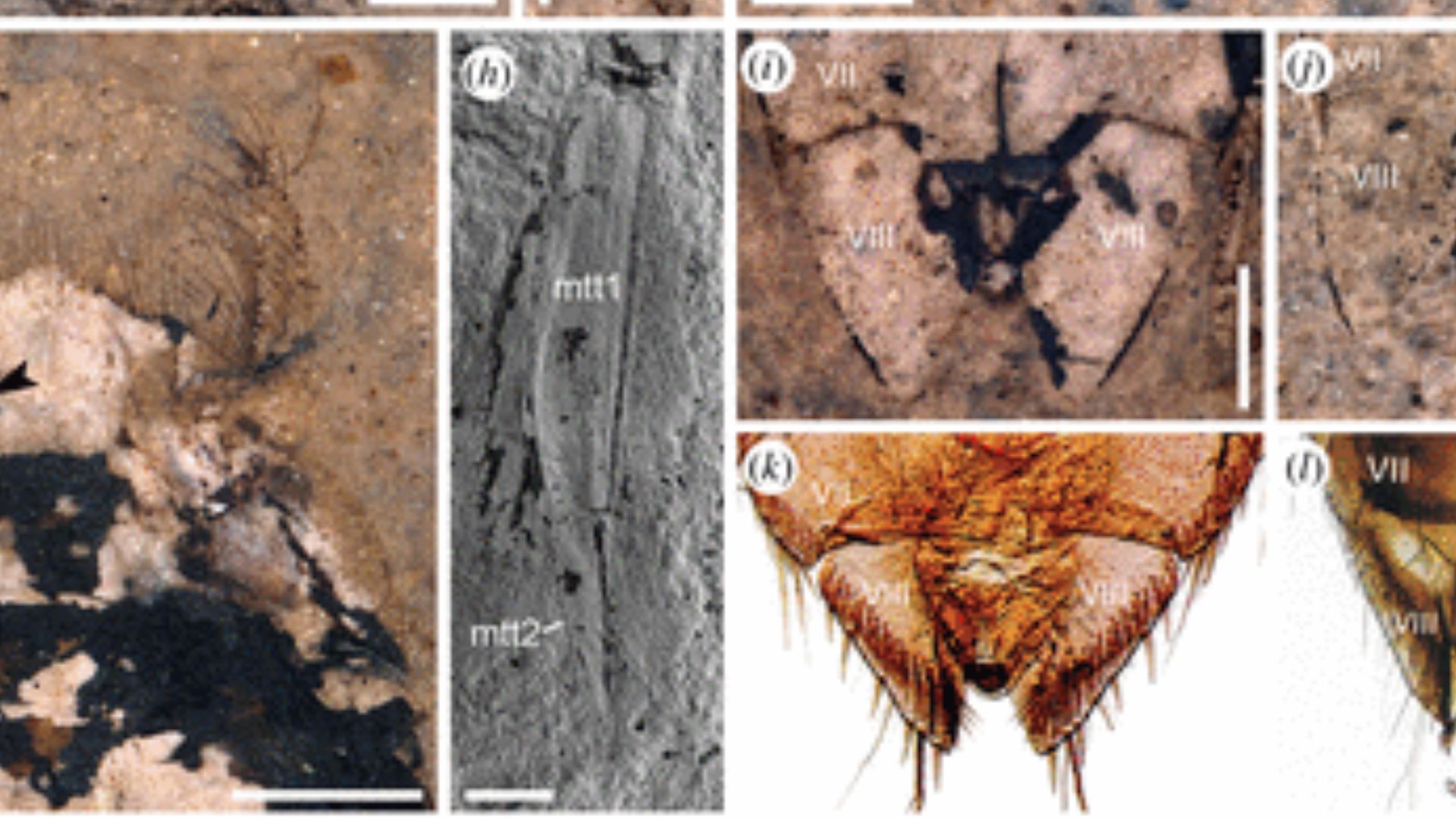
The newly discovered fossils reveal intricate details of the water bugs’ anatomy, including their abdomen, legs, and the specific area where the eggs were once attached.
This level of preservation has allowed scientists to study these ancient creatures in unprecedented detail, as first reported by Live Science.
Egg Arrangement and Size
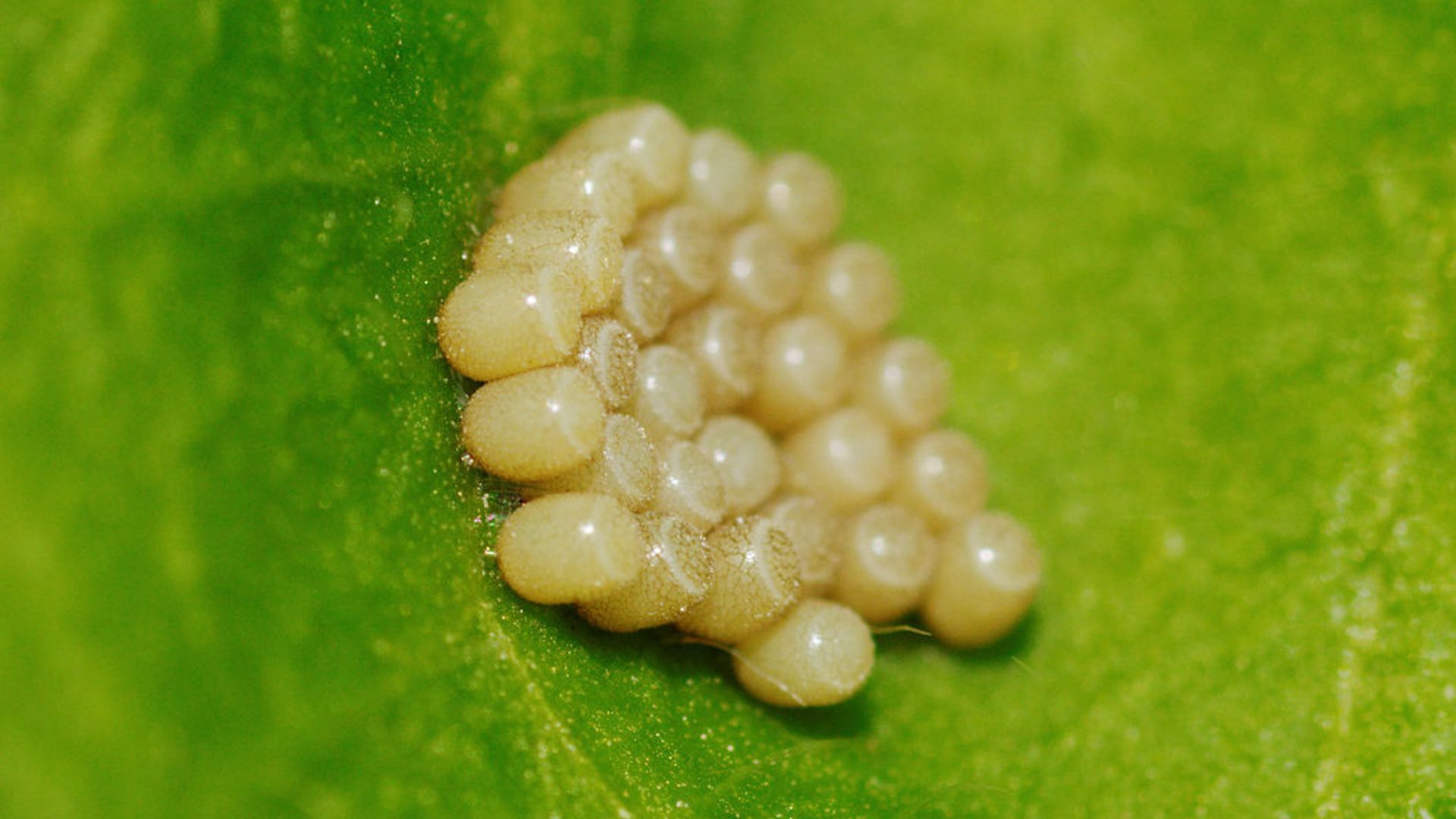
The study reveals that according to the fossil analysis, the eggs were densely packed in up to six rows on the bug’s leg, with each row containing up to seven eggs.
These eggs measured about 0.04 to 0.05 inches across, a significant size considering the adult water bug was only about 0.5 inches long.
Egg Laying Technique
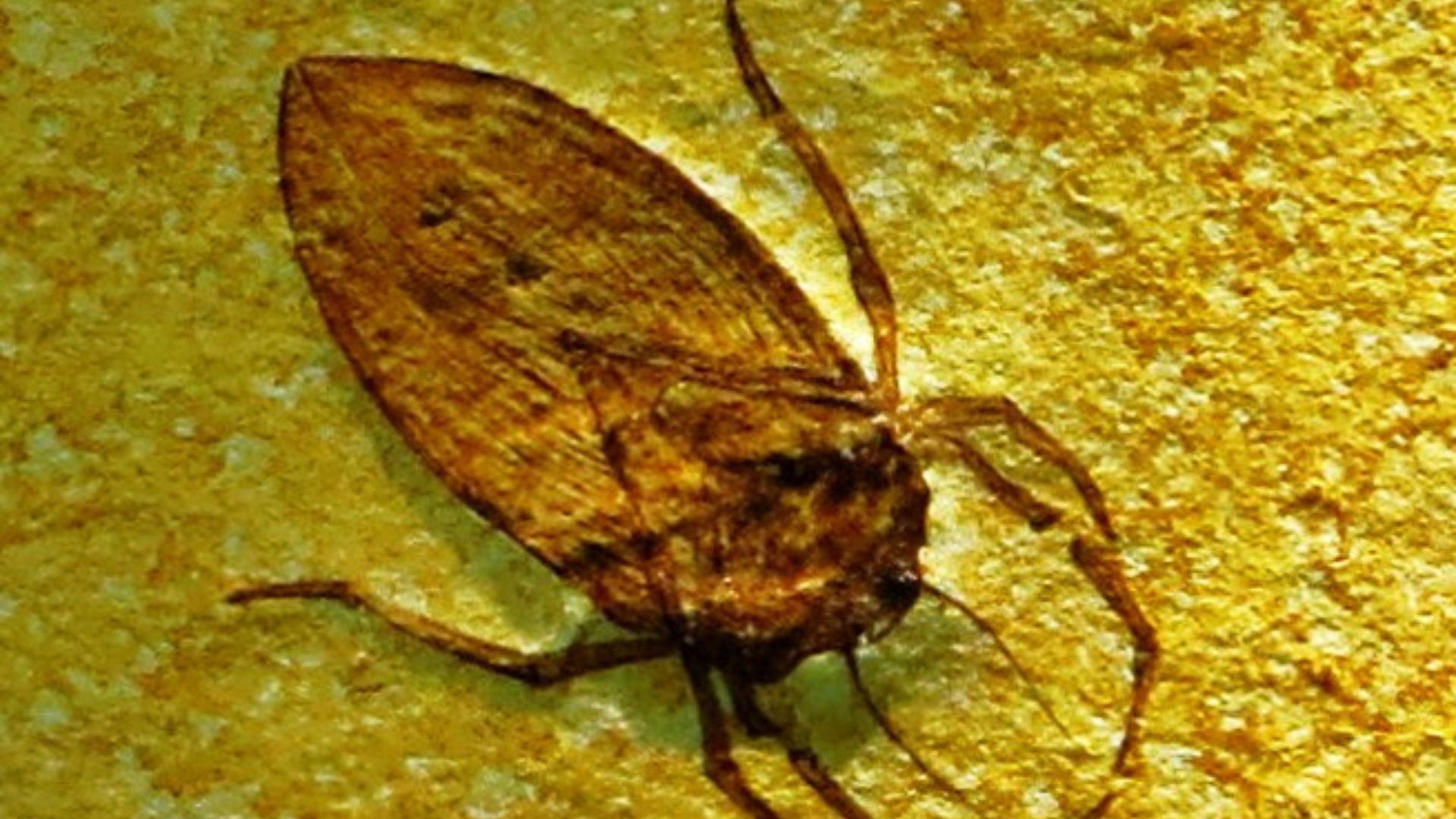
Karataviella popovi, the formal name of these ancient water bugs, had a unique method for laying eggs. The females would first release a sticky mucus to bind the eggs to their left leg, also known as mesotibia.
The study notes, “The unoccupied right mesotibia might have been used to maintain balance when swimming and feeding.”
Oxygen Circulation for Larvae
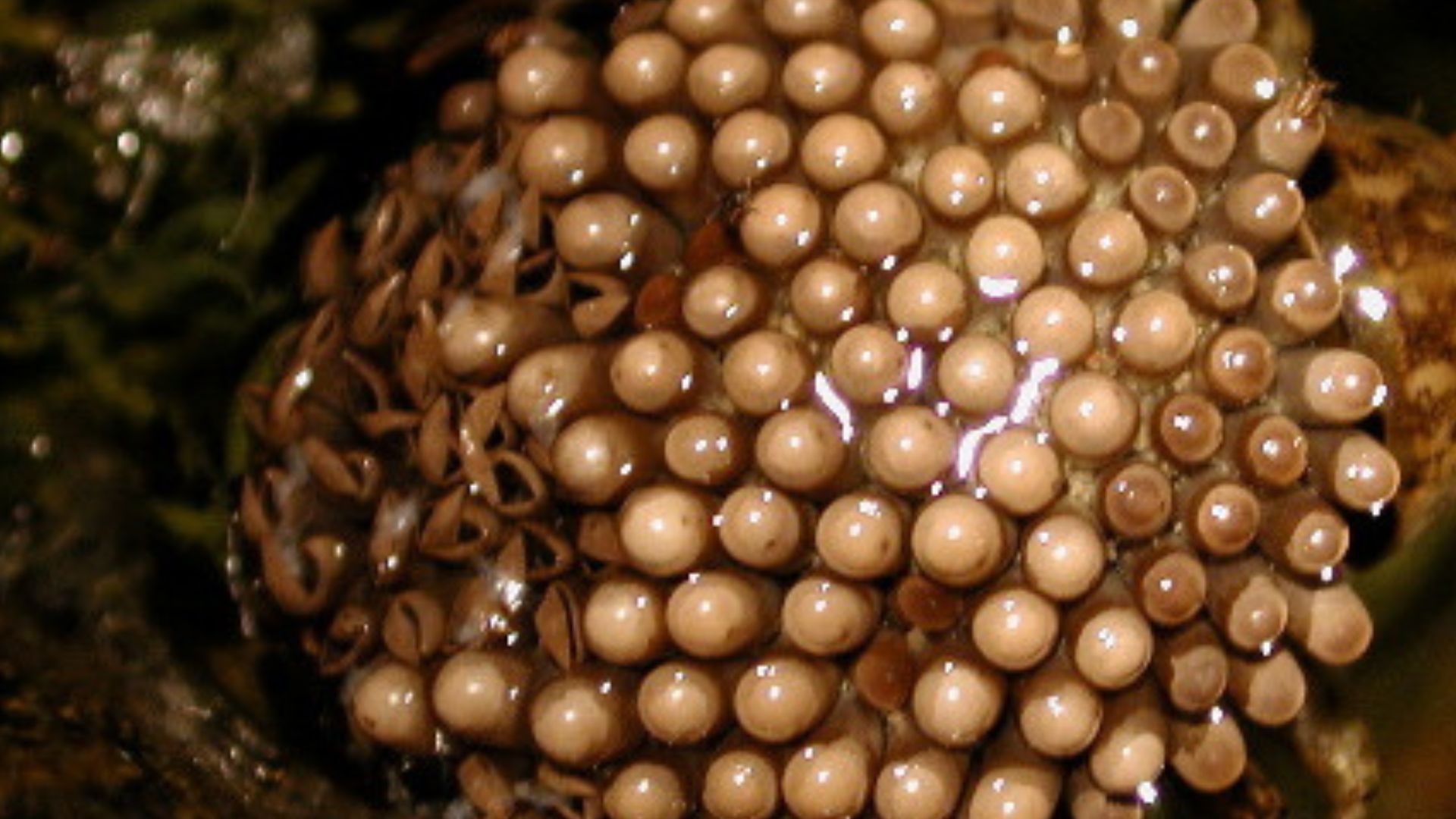
The large size of the eggs and the method of carrying them through the water were crucial for oxygen circulation to the larva inside, The Daily Mail reports.
This finding illustrates the complex relationship between physical adaptations and environmental necessities in the evolution of insect species.
Uniqueness in the Insect Kingdom

The study authors emphasized the uniqueness of this egg-carrying strategy among insects.
They wrote “To our knowledge, carrying a cluster of eggs on [one] leg is a unique strategy among insects, but is not unusual in aquatic arthropods,” meaning crustaceans.
Implications for Understanding Insect Evolution
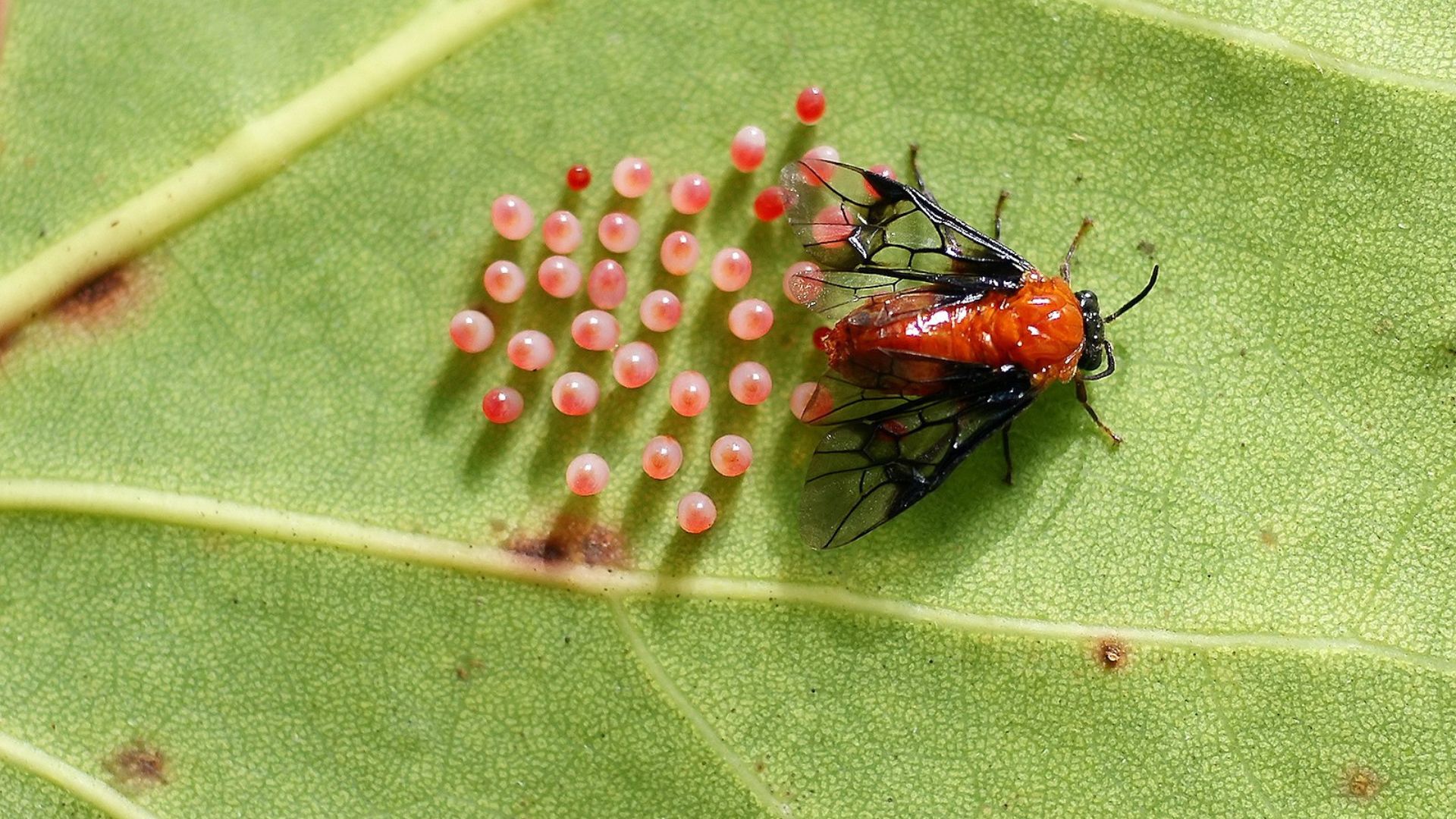
This finding has significant implications for understanding insect evolution.
The authors of the study explained, “Our finding pushes back the evidence of definitive brooding behavior in insects by almost 38 million years, which are helpful for understanding the evolution and adaptive significance of brood care in insects.”
